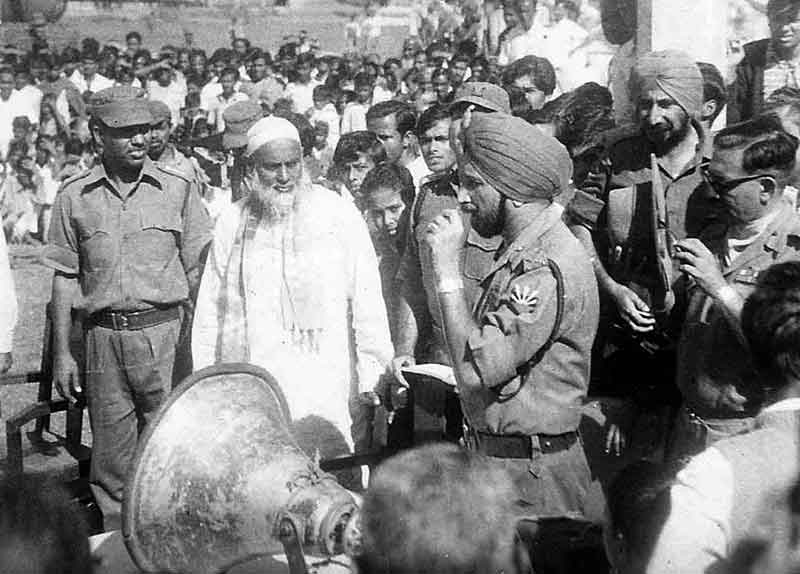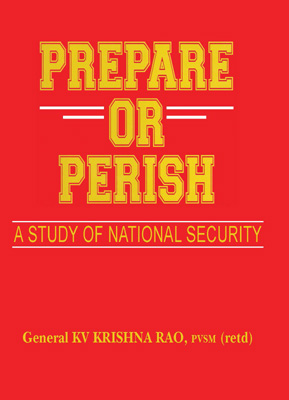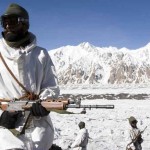
From the beginning of the war on December 3, when Yahya Khan launched a surprise attack on Indian airfields and land operations across the borders, the situation in East Pakistan never turned favourable for his forces for various reasons. From December 7 onwards, the situation was really getting out of control and Pakistan could never stem the Indian counter offensive in East Pakistan. In the South Western Sector, Jessore and Jhenida had been captured. In the North Western Sector, Pirganj was captured and Bogra was being threatened. In the Central Sector, Indian troops reached the line of the local Brahmaputra river. In the Eastern Sector, a Heliborne Operation was mounted on Sylhet, Ashuganj was being threatened, and Mudafarganj was captured. Thereafter, the situation rapidly deteriorated for the Pakistanis in all the Sectors. On December 8, foreign nationals were evacuated from Dacca under United Nations arrangements, with Indian cooperation. The Indian Chief of the Army Staff Manekshaw sent out a message to the Pakistani forces calling upon them to surrender.
This was repeated every day and appropriate leaflets were dropped in East Pakistan. The Governor of East Pakistan Mr. A.M. Malik had been sending messages to President Yahya Khan recommending ceasefire and a political settlement Yahya agreed and Malik was to approach the United Nations Representative in Dacca on December 9, for arranging a ceasefire; but the matter leaked out in a number of foreign countries and was subsequently denied. In order to sustain the morale of troops in East Pakistan, Yahya kept telling Niazi that the Chinese and Americans would be intervening soon. Although nothing happened in the North as far as the Chinese were concerned, on December 13 information was received that a Task Force of the United States Seventh Fleet had entered the Bay of Bengal. On December 14, information was received that the Governor was going to hold an important meeting. The Indian Air Force attacked the Government House the same day and accurately rocketed the roof of the building. Malik resigned his assignment, vacated the Government House and went over to the local Headquarters of the International Red Cross.
On the Military side, the Pakistanis got into absolute panic. Maj.Gen. Jamshed, who was responsible for the security of Dacca was ordered to speedily organize the defence of Dacca. However, none of the troops from the Divisions fighting across the major rivers, had fallen back into the Dacca Bowl. The main reason for this was that no orders had earlier been given nor action taken to organize a planned and systematic withdrawal. Thus, when the crisis developed, all the Divisional Commanders were either out of touch or refused to send any troops back, for fear of being intercepted and destroyed. Even 93 Brigade fighting in the Central Sector had broken up and only remnants were falling back. Jamshed, therefore, tried to organize some semblance of a defence of Dacca, by mustering soldiers belonging to different Arms and Services and Para-Military Forces who were available in various headquarters and rear parties in Dacca, with all sorts of weapons available in the Ordance Depot, including some tanks. However, being a hastily organized affair, the defence lacked cohesion, was uncoordinated and lacked the necessary leadership. The morale of the troops was at its lowest ebb.
On the Indian side, 2 Para of FJ Sector under Sant Singh continued their advance from Sabhar and contacted the Mirpur bridge just to the North West of Dacca on December 15, As brought out earlier, 167 Brigade was already in Gachha on December 15. In the North, 73 Brigade was threatening Tungi on December 14. Sierra Force came down from Rupganj and was posing a threat to Demra from the rear. 4 Guards of 311 Brigade closed in on Demra from the North East on December 14. 5 Independent Armoured Squadron had also fetched up in the area. In the East and South, 301 Brigade linked up with 311 Brigade in the Demra area and also crossed over in the Lakshman Khola area North of Narayanganj, posing a threat to Dacca from the South on December 15. From December 14 onwards, Indian Artillery started shelling selected targets in the Dacca area. Thus, Eastern Command of Pakistan under Niazi was in the most unenviable position.
Early in the morning on December 16, a message from Niazi to his Commanders was intercepted, asking them to cease fire. Nagra immediately exploited the situation by sending a message to Niazi to surrender. It was learnt that Yahya had instructed Niazi to obtain a ceasefire; and Niazi in turn approached the United States Consul General in Dacca to arrange the ceasefire on December 15. The United States, in turn, approached the Indian Government for the ceasefire on the same day.
The same day, Manekshaw conveyed the Indian decision to the Pakistani High Command that a ceasefire would be acceptable, provided the Pakistan Army in East Pakistan surrenders to the Indian Forces.
Niazi agreed to Nagra’s proposal and instructed Jamshed to take the necessary action to arrange an immediate ceasefire. As decided between the two sides, Indian troops entered Dacca on the morning of December 16. By the afternoon 2 Para, 13 Guards, 6 Bihar, 4 Guards and 5 Independent Armoured Squadron were in the city. Early in the afternoon, Maj.Gen. J.F.R. Jacob, Chief of Staff of the Indian Eastern Command reached Dacca and conveyed the terms of surrender to Niazi; and these were accepted. At about 4.30 pm on December 16, General Aurora took the surrender of the Pakistan Army from Niazi on the Dacca Race Course, in the presence of Vice Admiral Krishnan, Air Marshal Diwan, Lt.Gen. Sagat Singh and some of the Divisional Commanders. A huge crowd, estimated at a million people of the new country Bangladesh, were present at the Surrender Ceremony. A copy of the Instrument of Surrender is at Appendix ‘L’. A total of over ninety thousand troops, with a large amount of weapons, ammunition and equipment, surrendered to the Indian Army.





